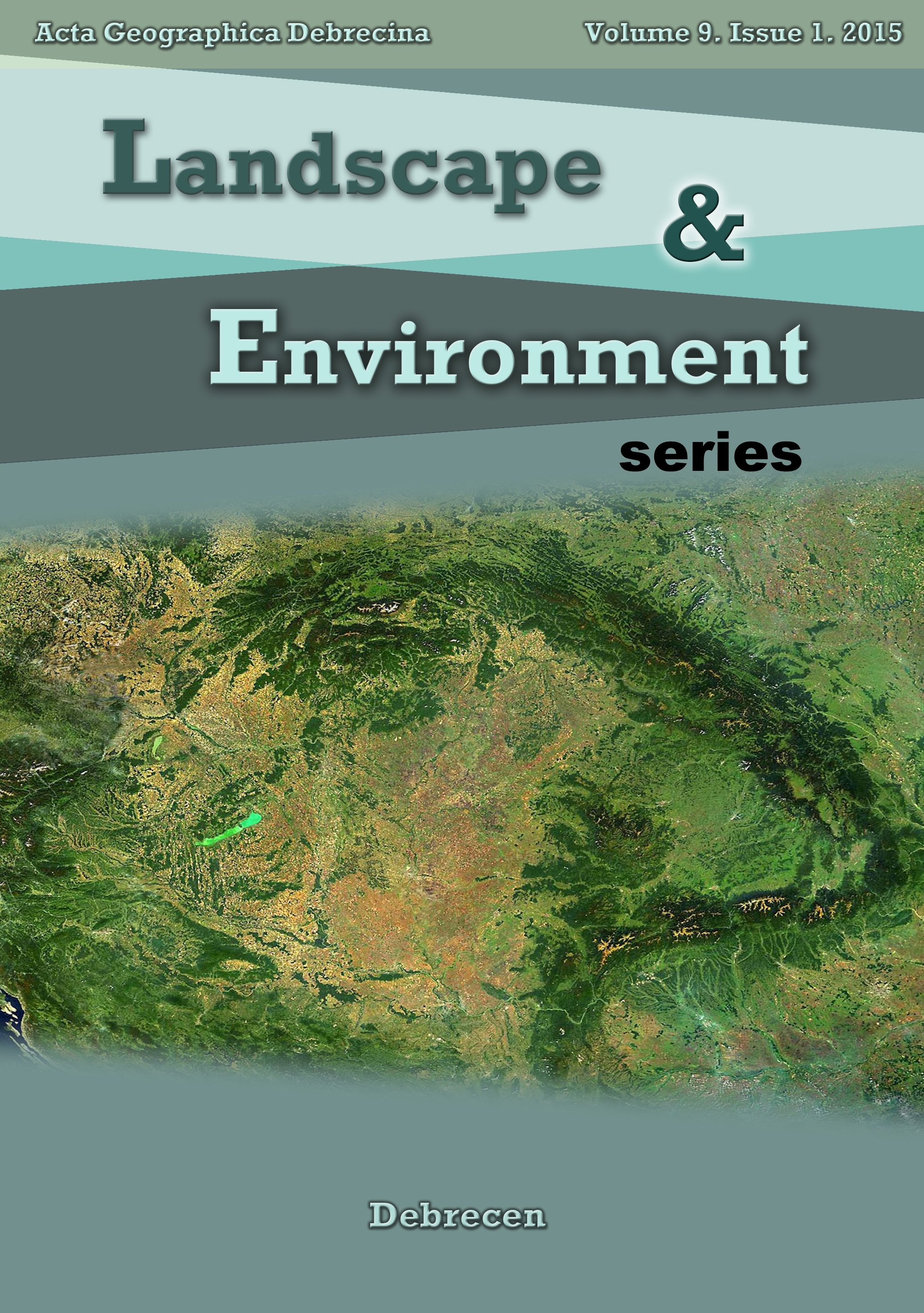The developement of red mud flood environmental information system and the methodology for the spatial analysis of the degraded area
Authors
View
Keywords
License

This work is licensed under a Creative Commons Attribution-ShareAlike 4.0 International License.
How To Cite
Abstract
The red mud disaster occurred on 4th October 2010 in Hungary has raised the necessity of rapid intervention and drew attention to the long-term monitoring of such threat. Both the condition assessment and the change monitoring indispensably required the prompt and detailed spatial survey of the impact area. It was conducted by several research groups - independently - with different recent surveying methods. The high spatial resolution multispectral aerial photogrammetry is the spatially detailed (high resolution) and accurate type of remote sensing. The hyperspectral remote sensing provides more information about material quality of pollutants, with less spatial details and lower spatial accuracy, while LIDAR ensures the three-dimensional shape and terrain models. The article focuses on the high spatial resolution, multispectral electrooptical method and the evaluation methodology of the deriving high spatial resolution ortho image map, presenting the derived environmental information database.

 https://doi.org/10.21120/LE/9/1/1
https://doi.org/10.21120/LE/9/1/1